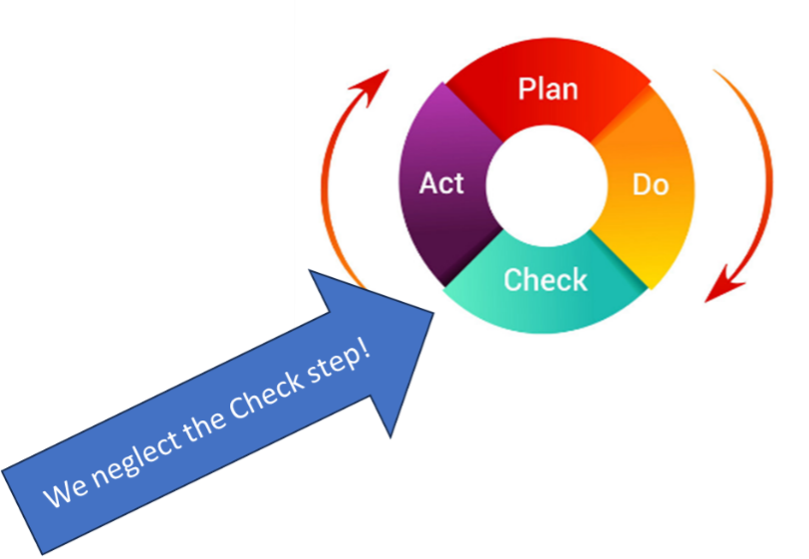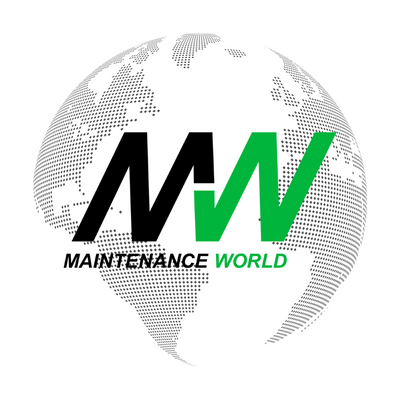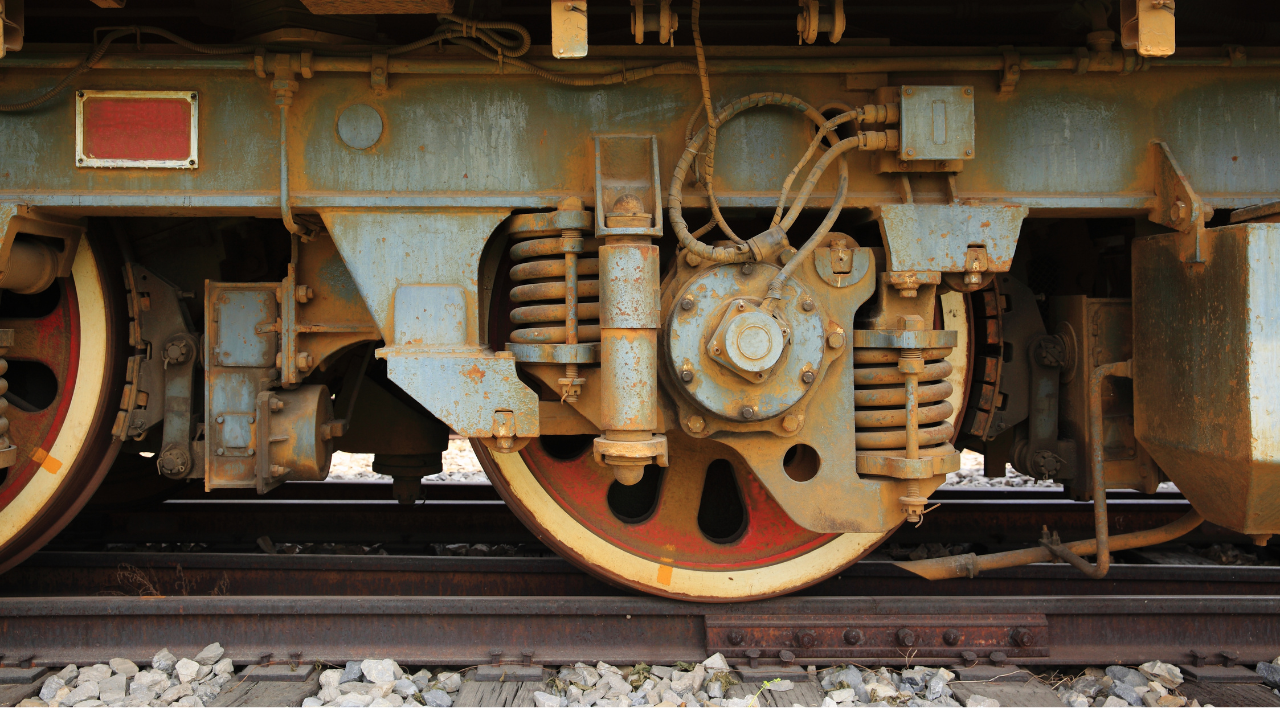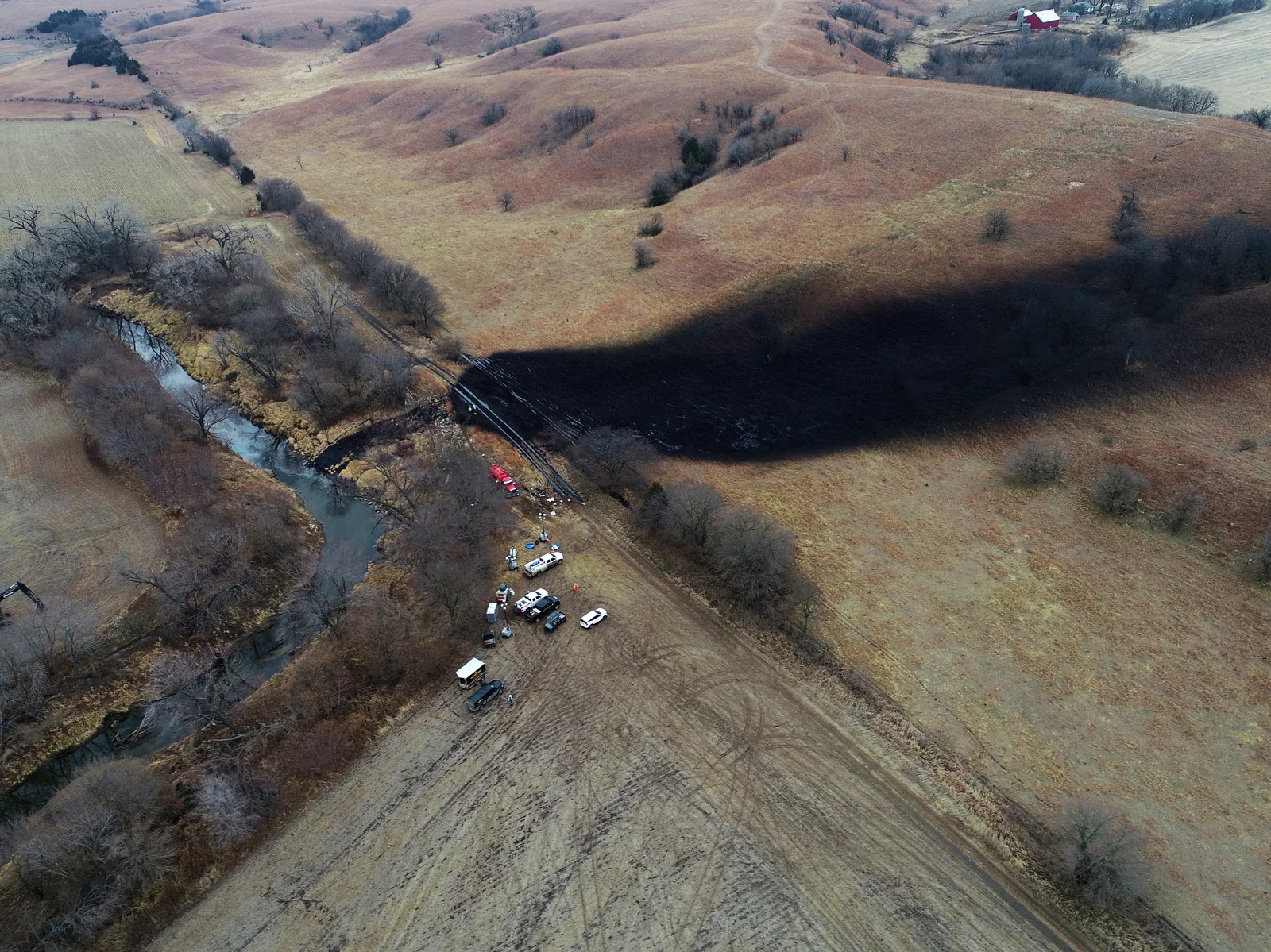Optimizing Preventive Maintenance Activities
John Q. Todd, Sr. Business Consultant/Product Researcher, Total Resource Management (TRM)
Posted 8/14/2024
How do you determine the optimal frequency and scope of performing preventive maintenance tasks? This article presents several thoughtful ways to refine what is being performed on equipment and when. Be prepared to not think “one and done,” but rather a long-term iterative approach.
Let’s begin with a few assertions:
- Optimizing tasks does not require computing power
- Efficient tasks are easily achieved
- Any regular or repetitive work can benefit from refinement
If the first impression is that this appears to be a manual process with only a little help from a computer, then we are halfway there.

Preventive Maintenance is…
…defined many ways by many different very smart people and industry organizations. In general, at some frequency or based upon a condition or trend, preventive maintenance is the collective act(s) of replacing or adjusting things that are in place to protect other things that are of greater value or criticality.
The prevention of failure (or extending the life of equipment) is the main goal of performing PMs. There are components of equipment that are in place to keep the equipment healthy and are often consumable in nature. It is the replacement of these components that is typically the focus of a PM program.
Here are some simple examples…
- Changing out oil in an automobile (Remember doing this?)
- Changing out filters in a HVAC system
- Adjusting drive belts alignment
- Sure, let’s include inspections as “PM”
No matter how PM is defined, it costs time, money, requires skills, tools, replacement parts, and perhaps adds to production downtime. Due to the nature of these tasks, they need to be very efficient and safe.
First question(s) to ask…
“Is the specific PM activity/task even necessary?”
We will question the frequency next… just focus on the need for the task at this point.
Ask further:
- How does the task protect the equipment near and long term? Can you prove it?
- How would you even begin to determine if the task is necessary? Are you/your team qualified to make that decision?
- Can you point to failures or issues that arose due to the task not being performed?
- Do you have an RCM/FMEA study to base the need/risk upon?
PM tasks need to have solid rationale for them to be performed. Just mimicking those tasks in the OEM maintenance manual might satisfy warranty requirements, but long-term might not benefit the equipment. Some tasks, such as adjustments, can be turned into a simple inspection. If the inspection finds a need for adjustment, then that can be performed right then, or at a convenient time. Moving tasks to checklist items on an inspection form greatly increases efficiency. Resulting work is as needed, not just assumed.

Now let’s argue about frequency…
Assume that the PM task is deemed necessary… at what frequency is optimal?
Frequency assumes “time” is involved. But what does time have to do with the subject of replacement? Time does degrade things, but perhaps “usage” is more impactful. For example:
Arguably, oil that is in low use equipment perhaps does not need to be replaced as often as in high use equipment. (Assuming no contamination) Why? Because the oil is wearing out mostly due to usage, not time necessarily.
Remember I said arguably!
The notion here is that just doing something every 3 months might not provide the benefit that is being looked for.
Can condition-based tasks help optimize?
Yes, most certainly.
The idea with condition-based PM is that a task or action is not taken until certain condition(s) are met. What might those conditions be?
- “Bad” oil condition based on sight or analysis
- Rabbit trail – How do you use your oil analysis results? Do they facilitate change?
- Reduced fluid flow rate through a filter
- Increased vibration due to belt alignment drift
- Increased temperature above X degrees F threshold
- Low salt alarm goes off on water softener
Performing tasks only when conditions dictate can lead to efficiency. But one needs to be careful if the conditions are difficult to detect or occur suddenly. If this is the situation, you are almost in a reactive mode and that is rarely good.
Rather, being able to monitor developing conditions or even predict when conditions may occur can be powerful tools. Back to the oil analysis example… comparing the results over time can lead to catching trends that may cause you to initially delay an oil change, but perhaps perform one sooner if the analysis points something out. Either way you are responding to a condition, not just time.
So far…easy
Question the value of performing each task as stated
“Is there a better way?”
Determine the frequency – based on something…
…and/or, set conditions where the task is then performed.
Simply paying attention to these two elements of PM activities will have dramatic change in the time spent performing the tasks and most likely equipment downtime.

Yet there are many other things to have in order…
After working with many clients across industries, we have found the following list of considerations to be very helpful in refining the approach to preventive maintenance. While not all will be applicable in all situations, those clients who have paid them attention have seen significant changes in their PM programs.
Location/Asset/Equipment/Parts lists in place?
For the person doing the PM, is it crystal clear where the equipment is, what the equipment is, and the parts (consumable and otherwise) that must be in hand?
Who (craft/trade/skills/qualifications) to do the tasks?
Are there qualifications or experience levels needed for the person to be successful at completing the task(s) with little to no risk?
Routes – have you walked (or climbed!) them?
Be sure if you are specifying a sequence that it makes sense and enhances efficiency. If it doesn’t make sense, then refine it or remove it.
Access/permit/equipment state requirements?
Safety, safety, safety – Is the state of the equipment required to safely do the tasks known clearly ahead of time?
What is the process to coordinate downtime?
Asked a different way, “How aware is the maintenance team of the impact and timing of the scheduled downtime for the equipment to perform PM actions?” Not only an appreciation and accommodation for the downtime itself, but also the prep and recovery time after the PM activities. Some equipment may take days or weeks to prepare and then recover from a PM, even if the PM only takes a few hours. Having this holistic view of the situation is of great benefit for those who are doing the work, but also for those who are planning it.
Work backlog management?
Contrary to popular belief, having a backlog of work is not a bad thing… to a point. The issue is not that backlog exists, rather it is how the backlog of work is managed. If something cannot be performed at a scheduled time (like a PM) then what is the process to get it back into the work cycle? Visualize this as two gears meshing. The backlog “teeth” need to fit in between the mainstream of work “teeth.” This takes a disciplined approach to planning and (re)scheduling. In the end, the delayed PMs do get accomplished, and the PM program maintains its integrity.
Forecasting?
Most CMMS/EAM/APM software solutions have PM forecasting functionality. Given well-defined PM activities such as the tasks, the spare parts needed, and the people available in the system, it can be a simple matter to generate a rough forecast. Given more refined information such as labor and equipment availability, a forecast can be further refined. The ability to forecast out to a reasonable time in the future is a good litmus test to see how optimized the PM tasks are.
Failure codes?
For reporting purposes, and then for refining your PM approach over time, do you have in place a clear and evolving failure code (problem, cause, remedy) list for your teams to use?
Job plans?
Where applicable, are they concise, comprehensive, and consistent?
When revised, how do you know the most current/approved?
Meters?
Capture real and useful condition data… OOB functionality – why not use?
Tools to “do” the PM with?
Is a 13 mm or a 1/2 inch wrench the right one to use?
Are your teams “armed” with what they need? Flashlights?
Effective feedback mechanism!
Is the “gold” you are getting from the field being leveraged for refinement of processes, programs (software), and even people?

Inspections – Stop wasting time and effort
A considerable part of any preventive maintenance program is conducting inspections. The goal of course is to discover developing issues well before they become a problem. There are two difficulties with inspections. One is the quality of the questions and resulting answers (data) that gets collected, and the other is how the collected information subsequently gets used.
Spend the time up front to develop good questions that then have responses that are easy for the inspector to populate. Avoid phrasing questions like:
“Enter the condition of the equipment…”
Rather, leverage picklists and other structured responses that the inspection can simply pick from. Be sure each choice comes with an explanation. It will be important for the inspection to know the difference between a 1 and a 2.
“Select from the list the condition of the equipment… 1 = new, 2 = used”
Taking this approach will return consistent information and make the inspection process go much faster. Also avoid providing choices such as other, miscellaneous, not applicable, etc. Over time, these choices will be prevalent in the data set.
Yes, there is room for comment lines, but they should be questioned in lieu of the ability to make choices on the form.
Ask follow-on questions and for more details if an answer is “negative” in nature. Use the logic engine that the inspection form may have to ask further questions depending upon the answer given to the initial question. Then, once the question tree is finished, be sure the inspector has the option to generate a follow-on work order or other work identification record.
Refine/version forms over time/regularly to avoid pencil-whipping and capturing no longer relevant information.
The bottom line for inspections is the capture of good data and then using it. Whether this is in the form of pictures, condition lists, limited opinions, meter reading updates, or even a wet signature, all of these can be valuable information for the business. Act on anomalies and exceeded thresholds immediately by way of follow-on work orders. Judiciously review completed forms – don’t just “file” them!
When/how do you review your specific PM tasks/plans?
Nice plan… is it doing what you want it to do? It is important to continually review the preventive maintenance plans for all types of equipment at some frequency. Think of it as a PM for your PMs. The review itself needs to be comprehensive and is an excellent opportunity to introduce new ideas and technology.
You can determine if it is time to review the PM tasks if the team finds themselves cancelling generated PM work orders more than just a few times during the year. If the EAM system is generating work records, that are then not being performed, then the system needs adjustment.
It is reasonable to establish an annual review cycle for preventive maintenance definitions and job plans. While this is simply another calendar-based activity, taking the time with the team to perform this review will keep the program in a continually improving state. Also, if there are system changes or a new system is brought into the mix, that might be a good time for a review as well. This approach is more “conditional,” which we talked about the benefits earlier.

Optimizing Preventive Maintenance Activities: To wrap this up…
As we stated at the beginning, optimizing a preventive maintenance approach is not a one and done activity. Certainly, most activities and their frequencies are correct in the context of the equipment. However, looking at those activities on a regular or conditional basis will expose waste and opportunities for improvement.
TRM and IDCON have been helping companies optimize their preventive maintenance programs for many years. Take advantage of our experience with Processes, the People who use them, and the software solutions that support both, to transform your approach to preventive maintenance.

Midweek with Maintenance World
Looking for a midweek break? Keep up with the latest news brought to you every Wednesday by the Maintenance World crew.

John Q. Todd
John Q. Todd has nearly 30 years of business and technical experience in the Project Management, Process development/improvement, Quality/ISO/CMMI Management, Technical Training, Reliability Engineering, Maintenance, Application development, Risk Management, & Enterprise Asset Management fields. His experience includes work as a Reliability Engineer & RCM implementer for NASA/JPL Deep Space Network, as well as numerous customer projects and consulting activities as a reliability and spares analysis expert. He is a Sr. Business Consultant and Product Researcher with Total Resource Management, an an IBM Gold Business Partner – focused on the market-leading EAM solution, Maximo, specializes in improving asset and operational performance by delivering strategic consulting services with world class functional and technical expertise.
Related Articles

Cardinal Manufacturing, Helping to Bridge the Manufacturing Skills Gap

South Carolina Ranked as the #1 State for Manufacturing

The Decade of American Reshoring
Lost Radioactive Capsule Proves Preventive Maintenance is as Important as Ever

HBD Condition Monitoring Devices at the center of Ohio Derailment

Failure Analysis Uncovers the Cause of the Keystone Oil Spill





